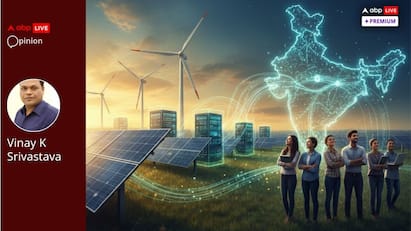Third-Largest Economy By 2030: How India Can Achieve This Milestone And What Stands In The Way

While challenges loom on the horizon, the nation's strategic reforms, demographic dividend, and innovation-driven economy position it favourably on the global economic map
Source : Getty
S&P Global recently stated that India to become the fastest growing economy in the next three years, with GDP growth reaching 7% by 2026, from 6.4% projected expansion in the current fiscal
India is primed to emerge as the world's third-largest economy by 2030. Bolstered by robust economic reforms, a burgeoning young workforce, and a dynamic entrepreneurial landscape, the country's growth trajectory toward this significant global milestone appears increasingly promising. The projection, backed by several economic think tanks and financial institutions, underscores India's remarkable growth potential. As the country navigates a transformative economic journey, key indicators suggest
Follow INDIA AT 2047 News on ABP Live for more latest stories and trending topics. Watch breaking news and top headlines online on ABP News LIVE TV










